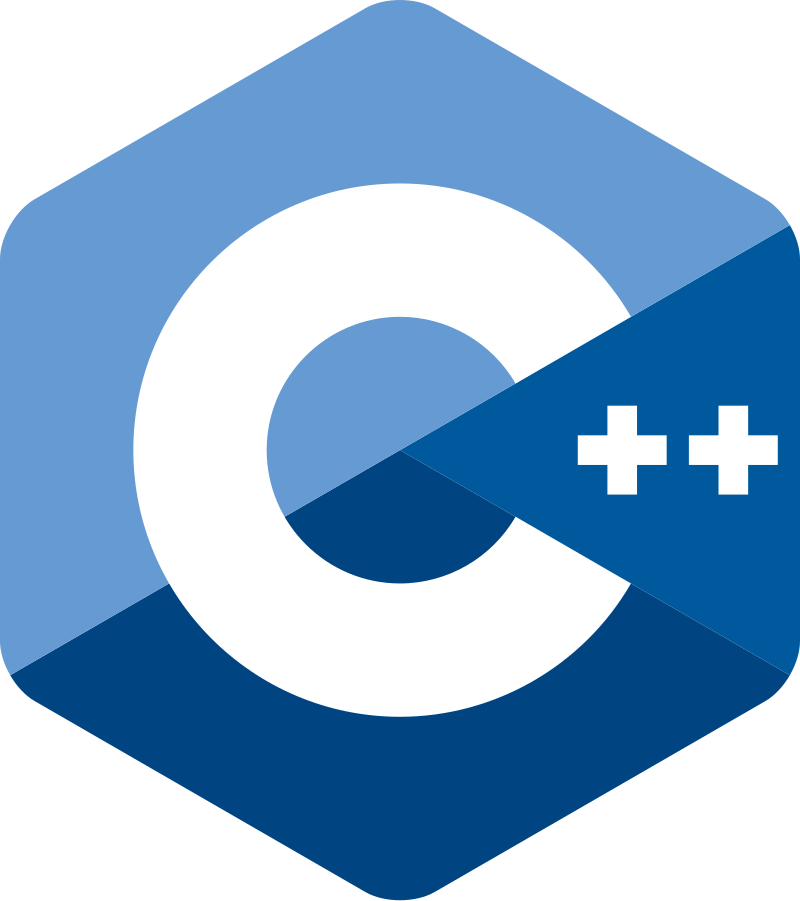What is C++?

Hire Arrive
Technology
about 1 year ago

C++ is a powerful, general-purpose programming language known for its performance, flexibility, and close-to-hardware capabilities. It's an extension of the C programming language, inheriting its efficiency while adding significant features that support object-oriented programming (OOP) and generic programming. This blend makes C++ a versatile choice for a wide range of applications, from system software and game development to high-performance computing and embedded systems.
A Legacy of Power:
C++'s origins trace back to the early 1980s, with Bjarne Stroustrup developing it as an enhancement to C. The "++" in its name is a C increment operator, symbolically representing its advancement upon C. Over the decades, C++ has evolved considerably, undergoing several revisions and standardization processes (most recently C++20 and the upcoming C++23). This constant refinement reflects its commitment to staying relevant and adapting to modern programming paradigms.
Key Features and Concepts:
Several key features distinguish C++:
* Object-Oriented Programming (OOP): C++ supports OOP principles like encapsulation, inheritance, and polymorphism. This allows for the creation of modular, reusable, and maintainable code. Classes and objects form the building blocks of OOP in C++, enabling the structuring of data and functions into self-contained units.
* Procedural Programming: While strongly supporting OOP, C++ also retains the procedural programming aspects of its C ancestor. This allows for a more direct control over hardware and system resources, which is crucial in performance-critical applications.
* Memory Management: C++ offers both manual and automatic memory management. Programmers have fine-grained control over memory allocation and deallocation using `new` and `delete` operators, but also benefit from features like smart pointers (introduced in more modern standards) which automatically manage memory, reducing the risk of memory leaks.
* Standard Template Library (STL): The STL is a rich collection of pre-built data structures (like vectors, lists, maps) and algorithms (like sorting, searching) that significantly accelerate development. It promotes code reusability and provides efficient implementations of common programming tasks.
* Low-Level Access: C++ provides a relatively low-level interface to hardware and system resources. This makes it suitable for tasks like operating system development, device drivers, and embedded systems programming where direct hardware manipulation is essential.
* Generics (Templates): Templates allow the creation of generic functions and classes that can work with various data types without requiring separate implementations for each type. This promotes code reusability and reduces redundancy.
Where is C++ Used?
C++'s versatility translates to its widespread use in various domains:
* Game Development: Many high-performance game engines and game titles utilize C++ for its speed and control over hardware resources. * Operating Systems: The kernels of numerous operating systems, including parts of Windows, macOS, and Linux, are written in C++. * High-Performance Computing: C++'s efficiency makes it a popular choice for scientific simulations, numerical analysis, and other computationally intensive tasks. * Embedded Systems: Its ability to interact directly with hardware makes it suitable for embedded systems in various devices, from automobiles to medical equipment. * Financial Modeling: Its performance and precision are valued in the development of complex financial models.
Learning C++:
C++ is a powerful but complex language. Learning it requires dedication and consistent practice. Numerous resources are available online and in print, including tutorials, books, and online courses. Starting with the fundamentals of programming and gradually progressing to more advanced concepts like OOP and STL is a recommended approach.
In conclusion, C++ remains a highly relevant and influential programming language. Its combination of performance, flexibility, and powerful features makes it a vital tool for developers tackling a broad spectrum of challenging and demanding projects.